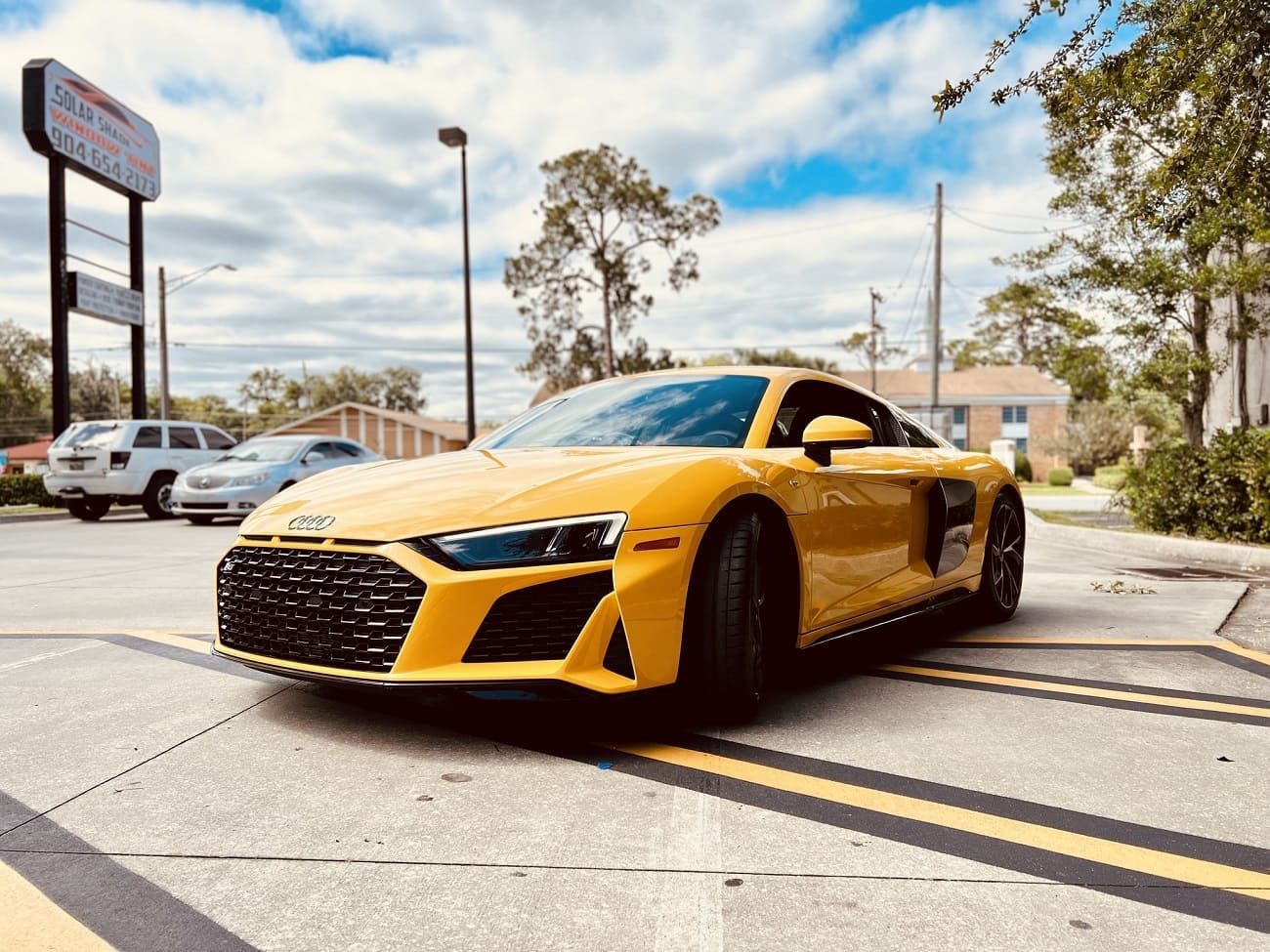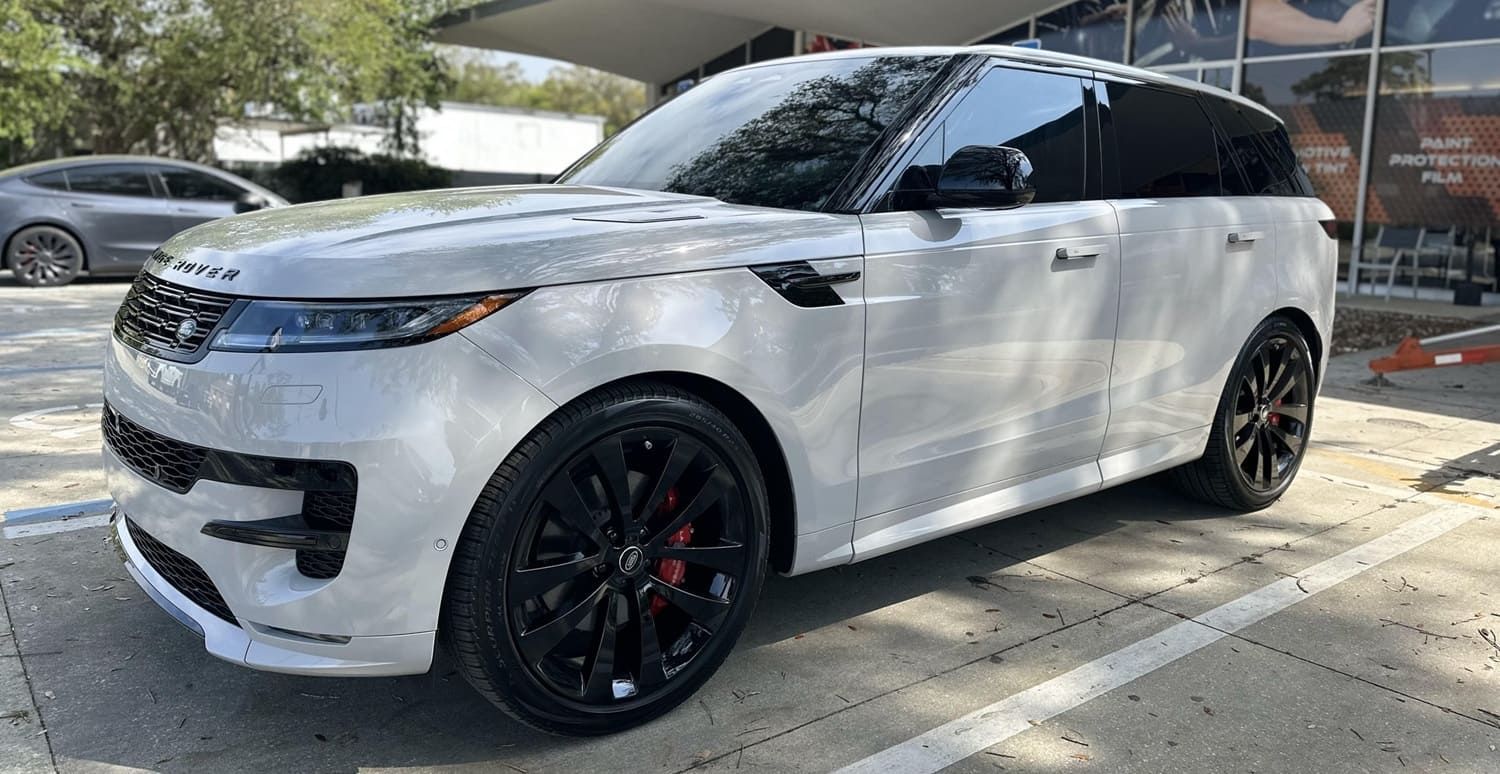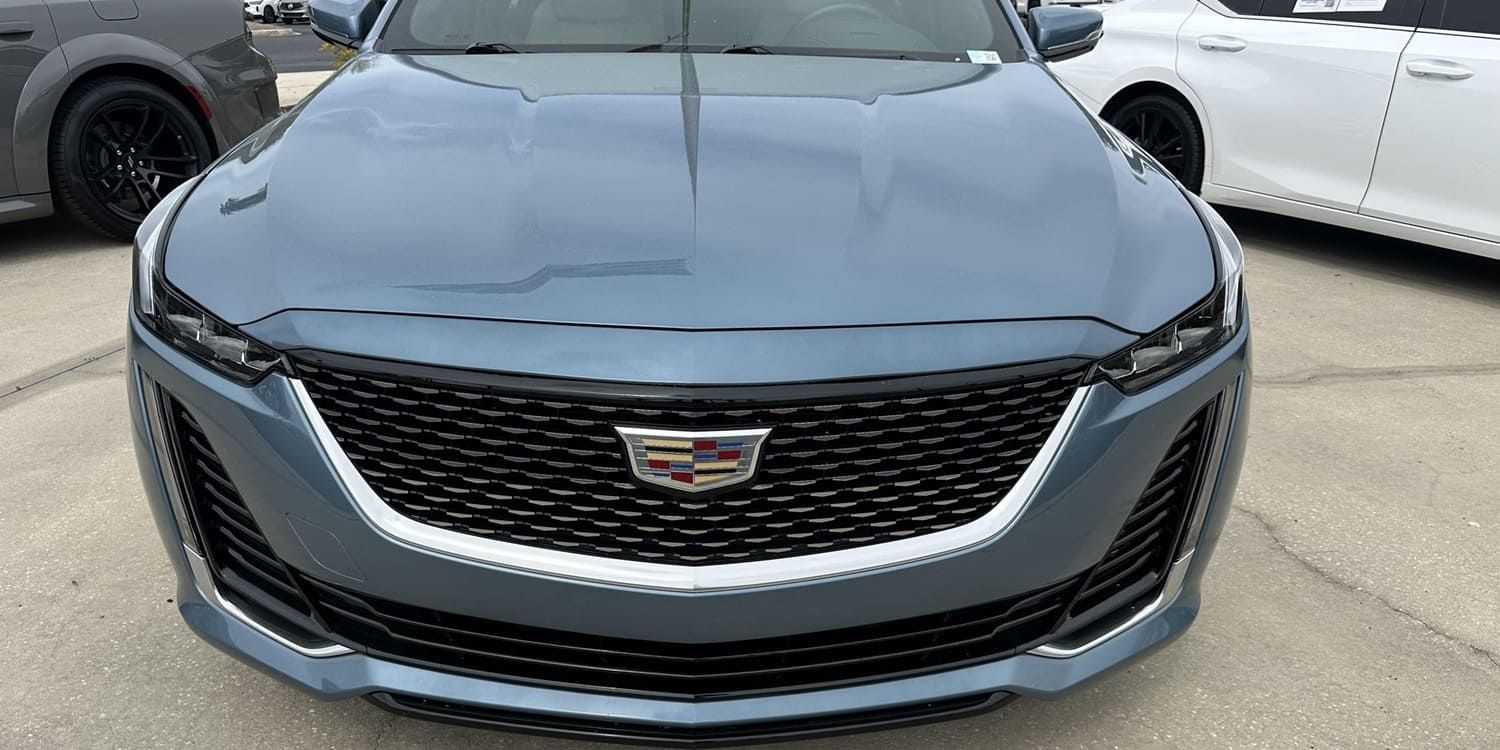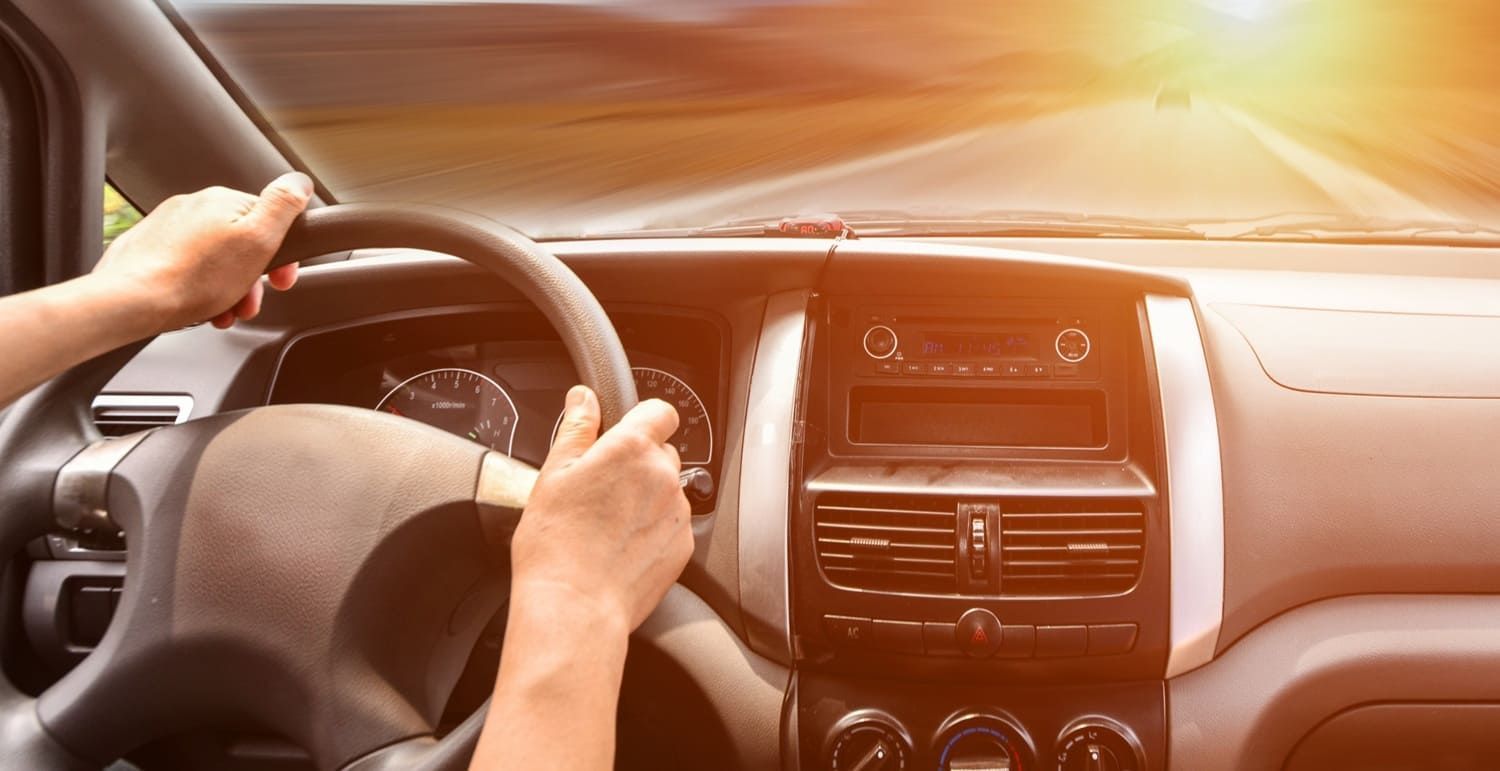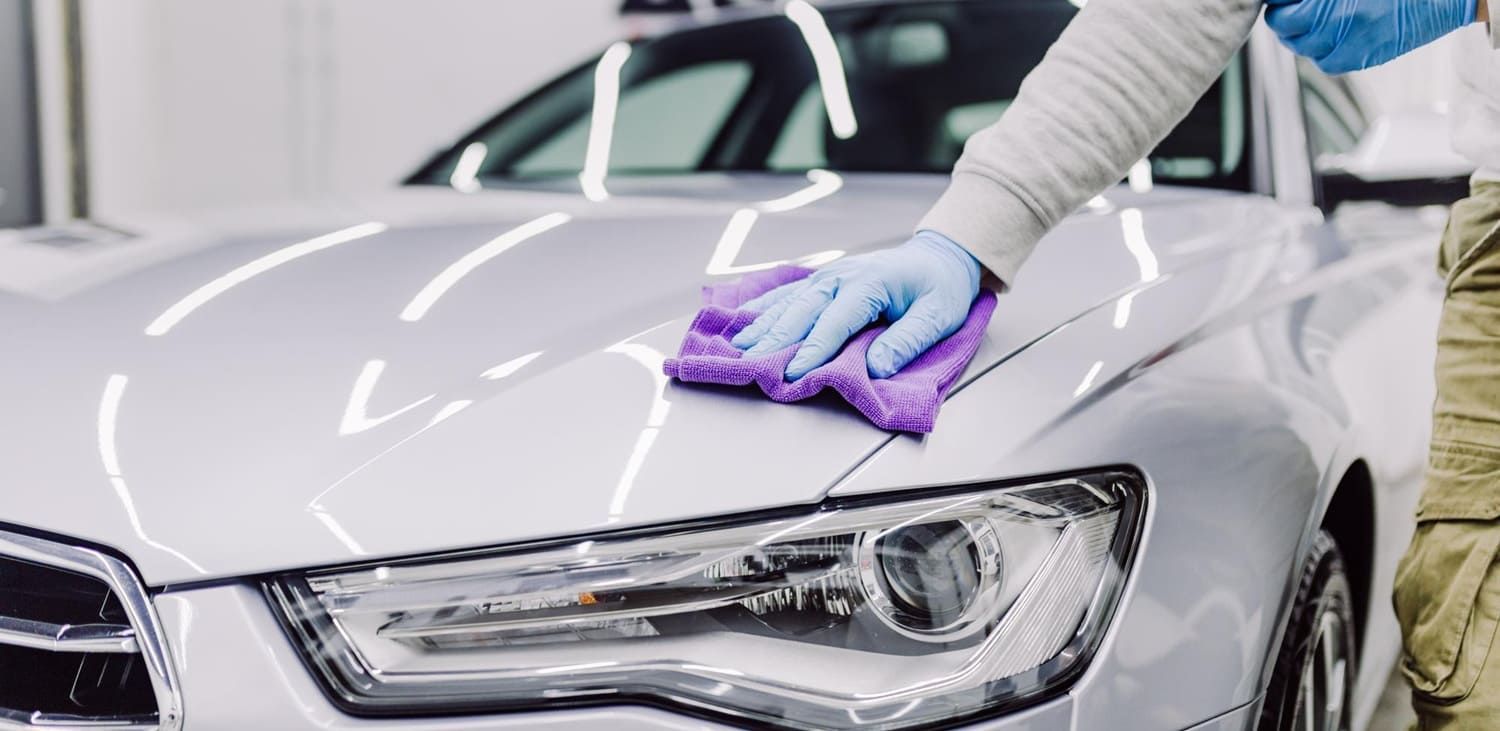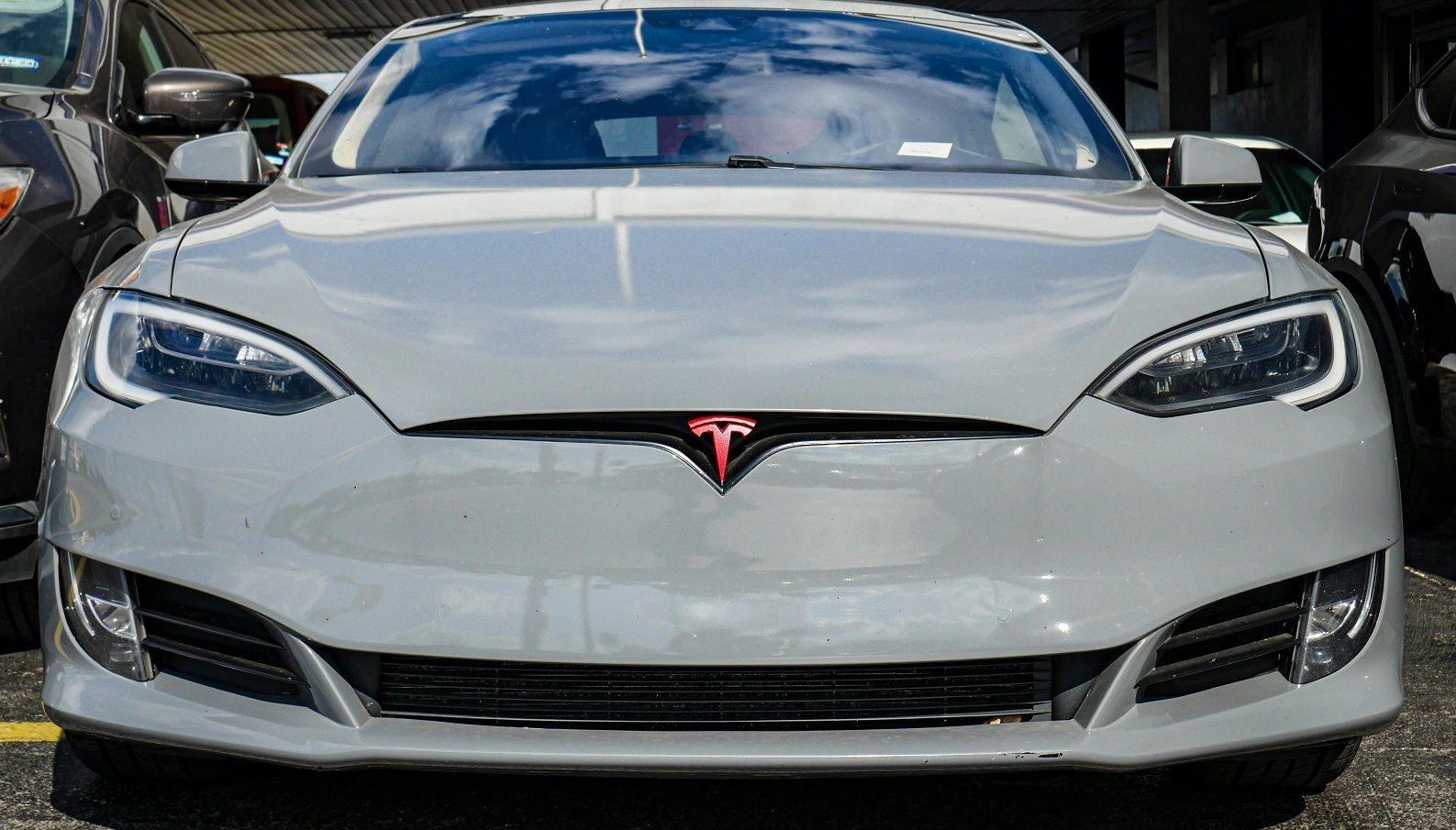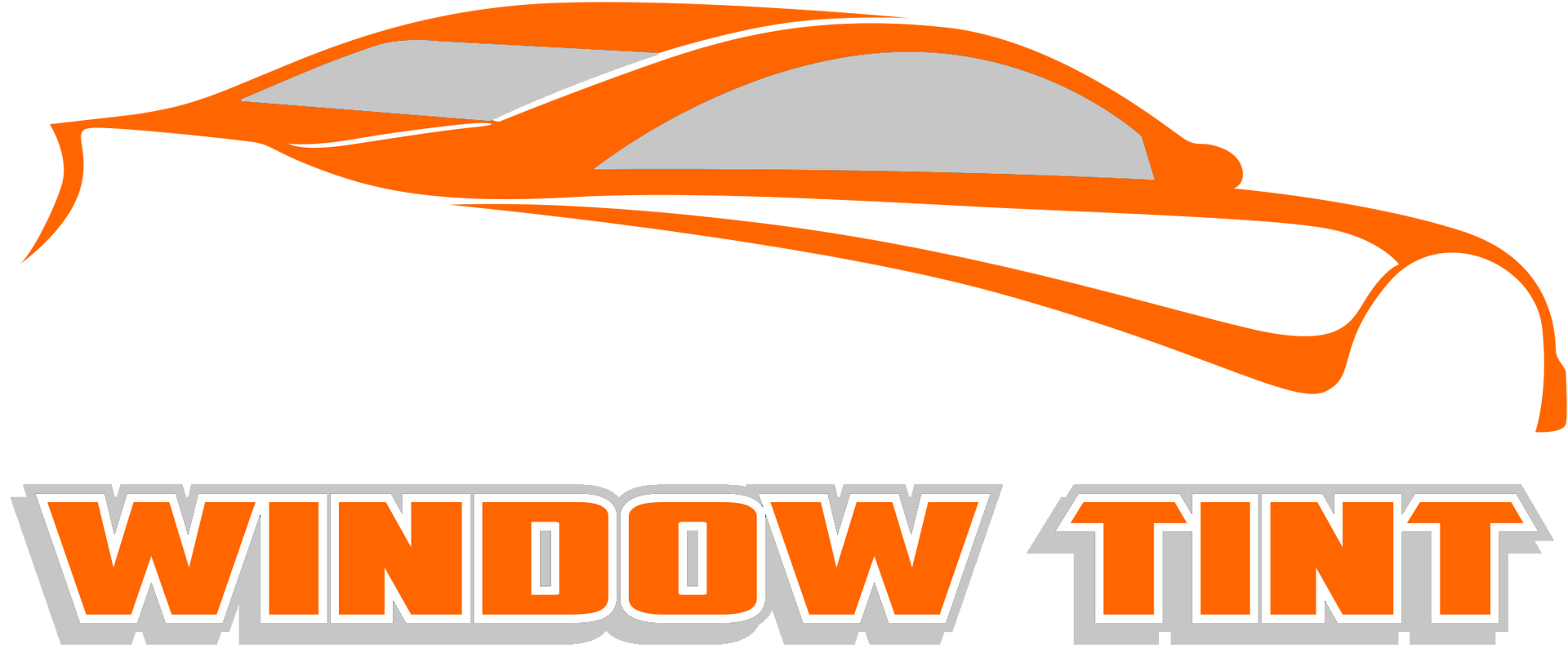Jacksonville Location
Solar Shade Window Tint
6410 Beach Blvd
Jacksonville, FL 32216
(904) 654-2173
Business Hours:
Monday - Friday: 9am to 5pm
Saturday: 9am to 5pm
Sunday: Closed
Lake City Location
Solar Shade Window Tint
144 SW Waterford Ct Suite 101
Lake City, FL 32025
(386) 628-2658
Business Hours:
Monday - Friday: 9am to 5pm
Saturday: Closed
Sunday: Closed
Wax vs Ceramic Coatings on Cars: Which Is Better
If you're looking for protection for your vehicle, you may question if wax or ceramic coatings on cars is better. Find out in this guide.
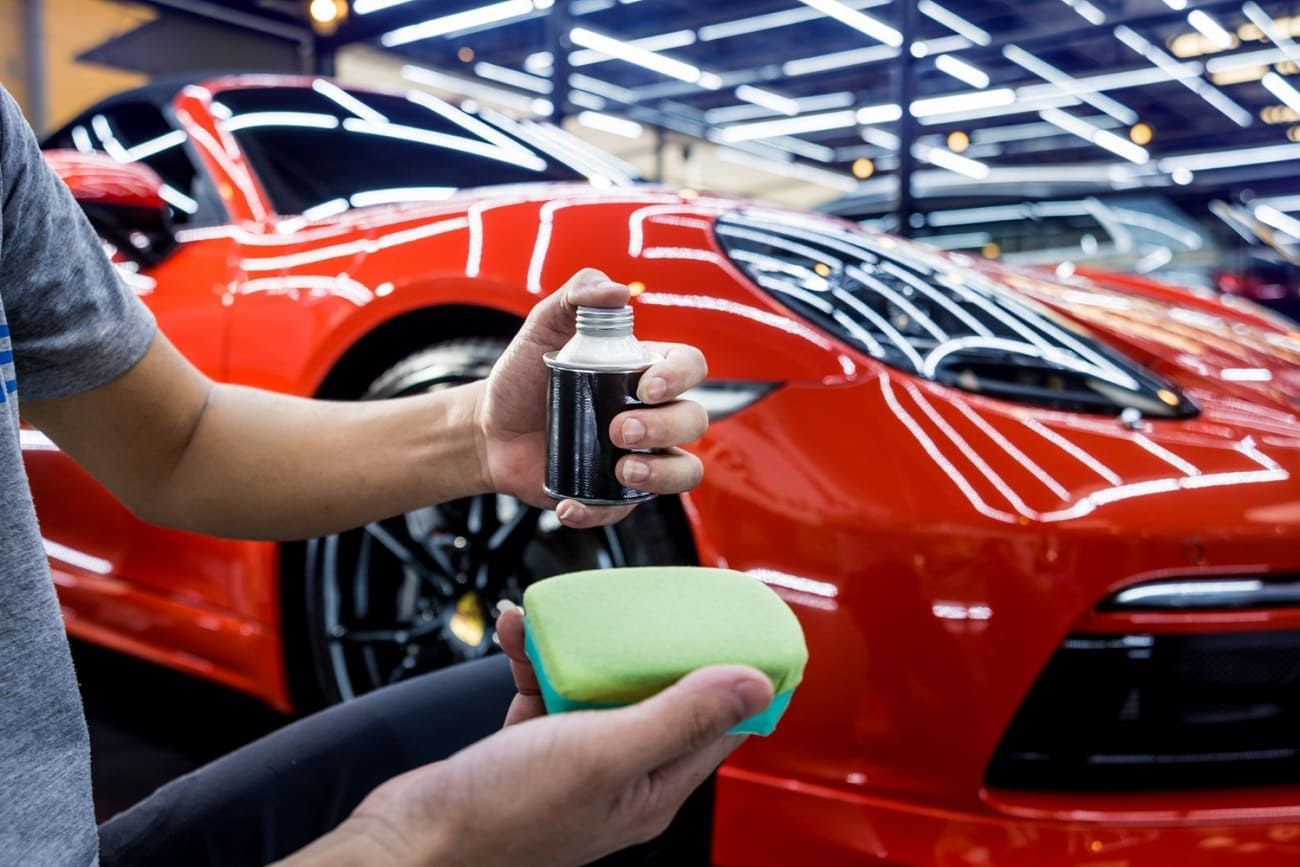
Both wax and ceramic car coatings can be used to keep your vehicle looking new and shiny. But how do these two products differ from one another? It's important for you as a consumer to understand the answers to these questions so that you can make the right decision for your needs.
Keep on reading for more information about the benefits and downsides of wax vs ceramic coatings for your car.
What is Wax? Pros and Cons of Wax Coatings
Wax is a traditional protective coating for cars that has been used for decades. It is typically made from natural substances such as carnauba wax or beeswax, blended with oils and solvents. One of the key advantages of wax coatings is their ability to enhance the shine and gloss of a car's paintwork, giving it a deep, lustrous appearance.
Wax also provides a sacrificial layer that shields the paint from environmental contaminants and minor scratches. However, wax coatings have some limitations. They are not as durable as ceramic coatings and require more frequent reapplication.
Wax is also susceptible to heat, so it may melt or degrade in hot climates. Additionally, wax coatings offer limited resistance to chemical damage and have a shorter lifespan compared to ceramic coatings.
Exploring Ceramic Coating on Cars: Features and Benefits
Ceramic coatings have gained significant popularity in the automotive industry due to their exceptional features and benefits. Unlike traditional wax coatings, ceramic coatings are made of advanced nanotechnology-based formulas that create a protective layer on the car's surface.
These coatings provide superior durability, often lasting for several years without requiring reapplication. They offer excellent resistance against UV rays, oxidation, and chemical damage, safeguarding the paintwork from fading or etching. Ceramic coatings also provide a hydrophobic effect, causing water to bead and slide off the surface, making the car easier to clean and reducing the accumulation of dirt and grime.
Moreover, they enhance the shine and gloss of the paint, giving the vehicle a showroom-like finish.
Durability and Longevity
Wax, although offering decent protection, tends to wear off relatively quickly, especially in harsh weather conditions or frequent washing.
Ceramic coatings are known for their exceptional durability, often lasting for years. They form a strong bond with the paint surface, creating a robust protective layer that withstands environmental contaminants, UV rays, and minor scratches.
This long-lasting durability means less frequent reapplication and maintenance. Additionally, ceramic coatings have a higher resistance to heat, chemicals, and oxidation. This ensures that the car's paint remains protected and vibrant for an extended period.
Ease of Application
Wax coatings are generally easier to apply, as they come in various forms such as paste, liquid, or spray. They can be manually applied using a soft cloth or applicator pad. The process typically involves spreading the wax evenly over the paint surface and buffing it to a shine.
Ceramic coatings require more meticulous preparation and application. The process often involves a thorough cleaning and careful application of the ceramic coating.
Due to their advanced formulas, ceramic coatings often require precise timing and curing processes, making them more time-consuming and demanding in terms of application.
Gloss and Shine
When it comes to achieving a high gloss and shine on your car's paintwork, both wax and ceramic coatings have their advantages.
Wax coatings provide a deep, lustrous shine that enhances the appearance of the paint. They can create a smooth, reflective surface that gives the car an attractive finish.
Ceramic coatings take the shine game to the next level. With their advanced nanotechnology-based formulas, ceramic coatings offer an incredibly glossy and reflective finish.
They amplify the depth and clarity of the paint, resulting in a stunning, showroom-like shine. The superior shine provided by ceramic coatings is one of the reasons why they are favored by many car enthusiasts seeking an exceptional visual appeal.
Water Beading and Hydrophobic Properties
Water beading and hydrophobic properties are desirable features in protective coatings for cars. Wax coatings exhibit some degree of water beading, causing water droplets to form into beads and roll off the surface.
This effect helps in reducing water spots and makes it easier to dry the vehicle after washing. However, ceramic coatings take water repellency to a whole new level. Thanks to their advanced formulations, ceramic coatings create a highly hydrophobic surface, causing water to bead up and slide off effortlessly.
The water droplets form tight spherical shapes, minimizing contact with the paint and reducing the chances of waterborne contaminants adhering to the surface.
The superior hydrophobic properties of ceramic coatings make maintenance easier, enhance the car's appearance, and provide an extra layer of protection against potential damage from water-related elements.
Maintenance and Upkeep
When it comes to maintenance and upkeep, ceramic coatings have the upper hand over wax coatings. Wax coatings require regular reapplication to maintain their protective properties.
They tend to wear off with time, exposure to the elements, and frequent washing. On the other hand, ceramic coatings are highly durable and long-lasting, often lasting for years.
They require minimal maintenance, with no need for frequent reapplication. Ceramic coatings also make cleaning easier due to their hydrophobic properties, as dirt and grime have a harder time adhering to the surface. This means less time spent on washing and detailing the car.
Get Your Car Looking Sleek Today
So that's the rundown on wax vs ceramic coating on cars. If you're in need of some quality work done on your vehicle, then consider Solar Shade Window Tint.
We pride ourselves on being a leading provider of top-quality window tinting solutions. With our commitment to excellence and customer satisfaction, we have established ourselves as a trusted name in the industry.
Solar Shade Window Tint team of highly skilled professionals possesses extensive expertise in window tinting.
Contact us today for a free estimate.
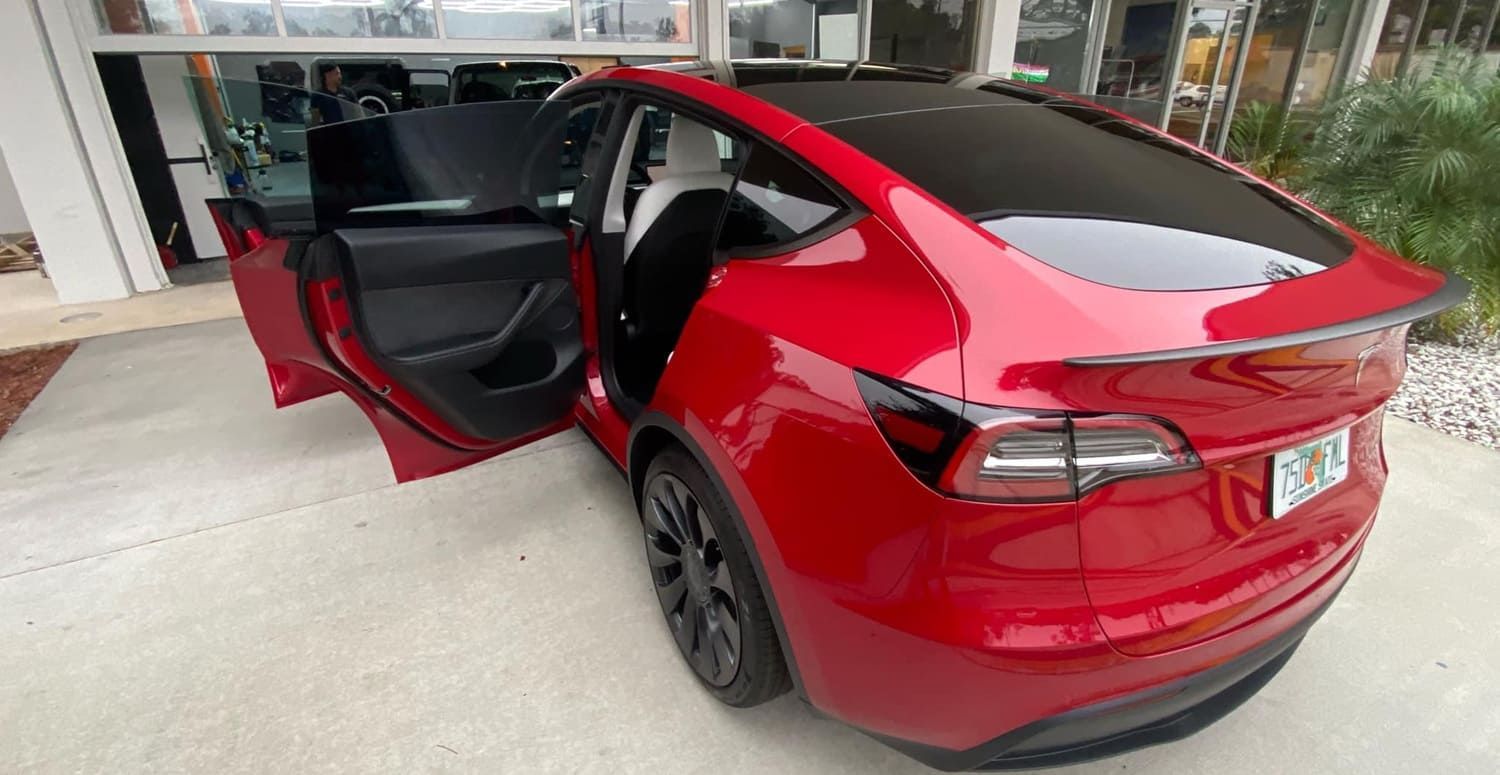
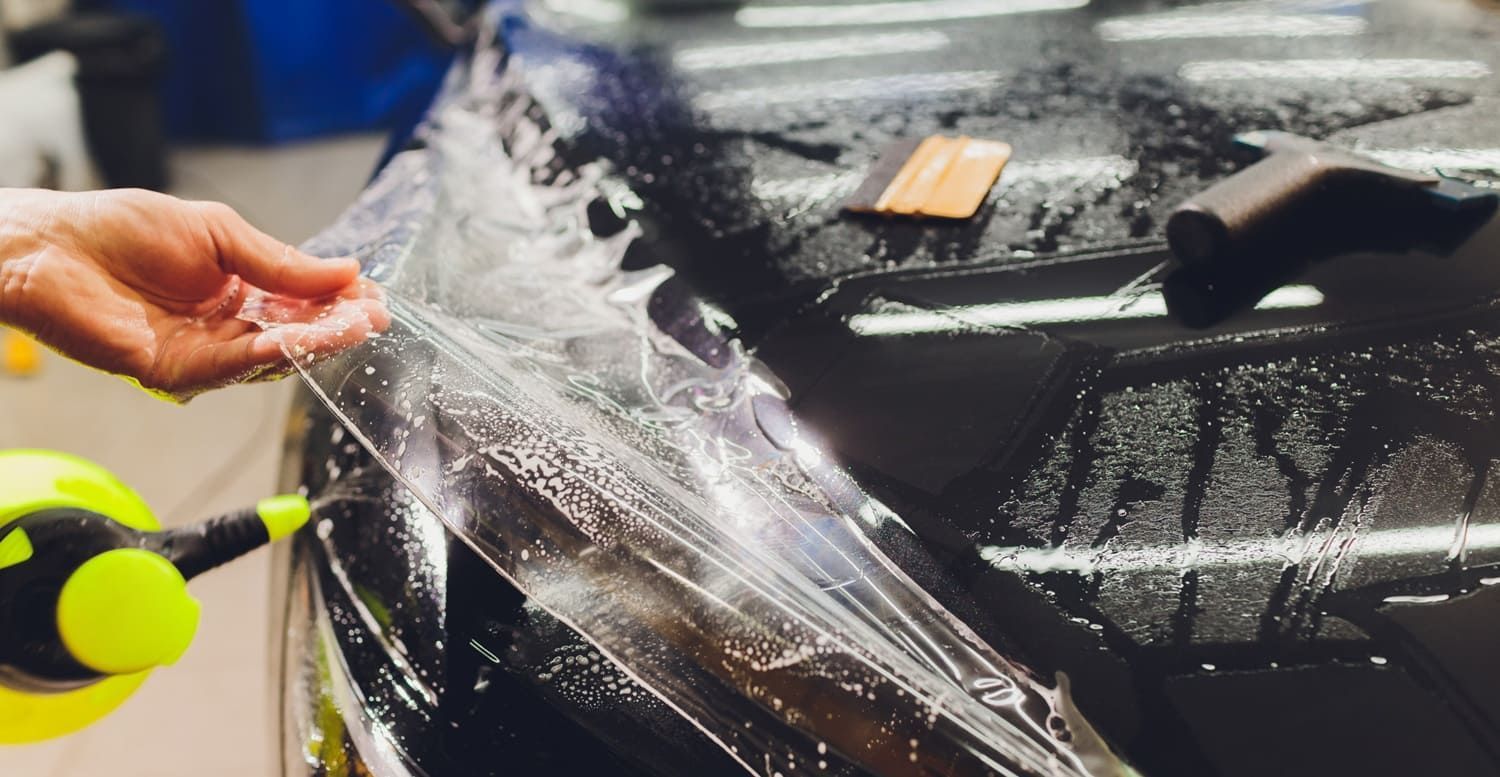
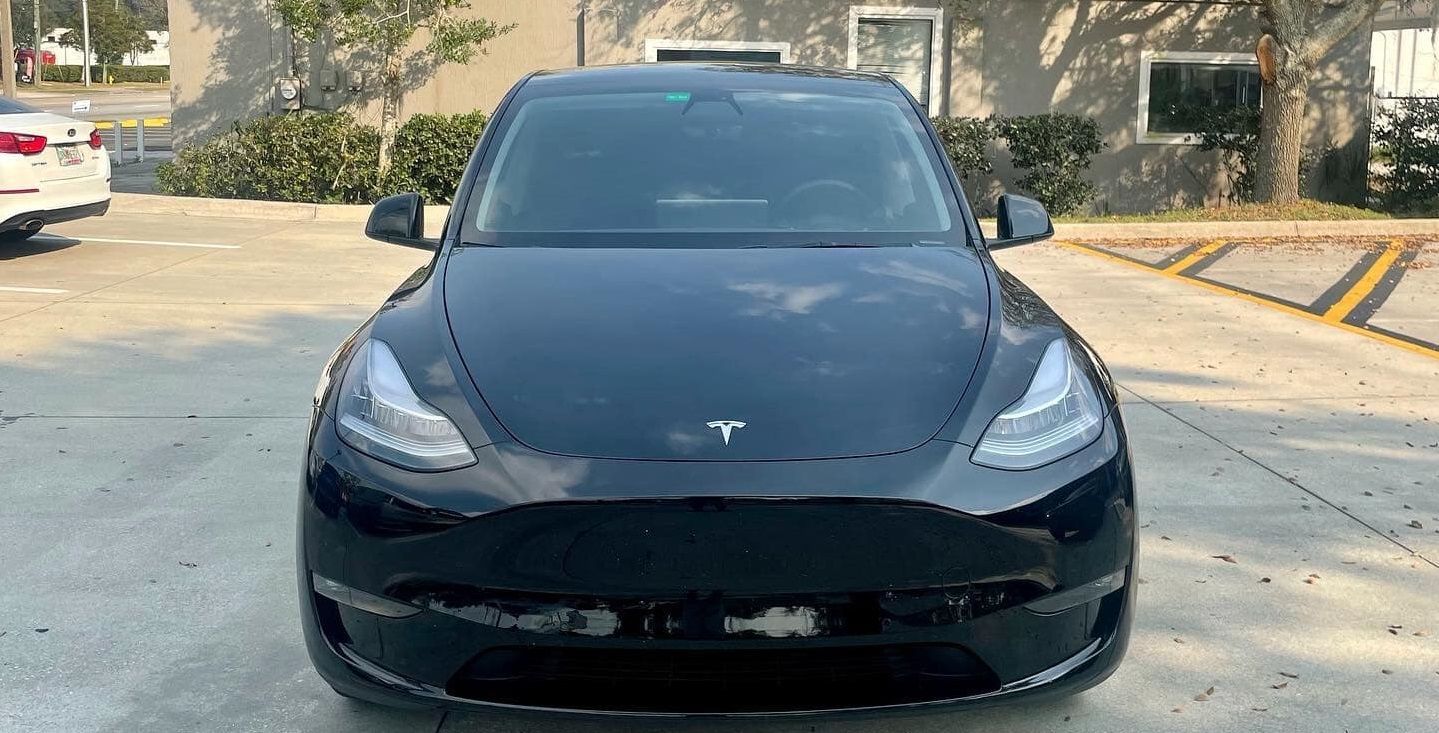
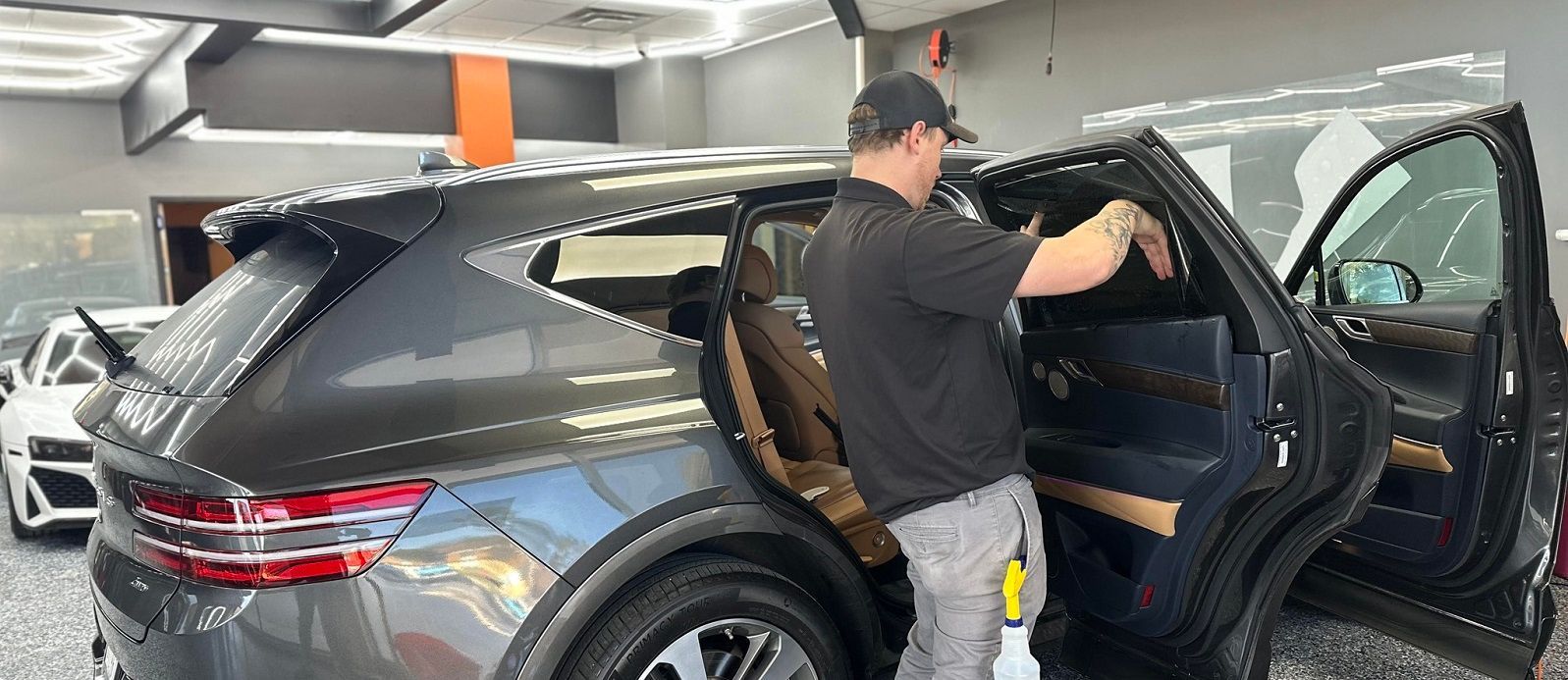

Jacksonville, FL
Jacksonville, FL 32216
(904) 654-2173
Business Hours:
Monday - Friday: 9am to 5pm
Saturday: 9am to 5pm
Sunday: Closed
Lake City, FL
144 SW Waterford Ct Suite 101
Lake City, FL 32025
(386) 628-2658
Business Hours:
Monday - Friday: 9am to 5pm
Saturday: Closed
Sunday: Closed
Savannah, GA
Savannah, GA 31408
(912) 724-9736
Business Hours:
Monday - Friday: 9am to 5pm
Saturday: Closed
Sunday: Closed
All Rights Reserved | Solar Shade Window Tint


